Unlike many evergreens, Yew, with its abundance of dormant buds sitting in wait within the old wood, responds well to cutting back beyond the existing canopy. The almost mythic propensity to regenerate itself, producing some of our oldest living specimens, thousands of years old.
In spite of the best intentions of routinely trimming your Yew hedge, each year they will incrementally add a little bit of width. Some middle age spread eventually becoming an issue that needs addressing. The famous Yew topiary at Athelhampton a classic case in point – the original parterre with its geometric beds of herbaceous perennials long overshadowed by the unconstrained Yew pyramids.
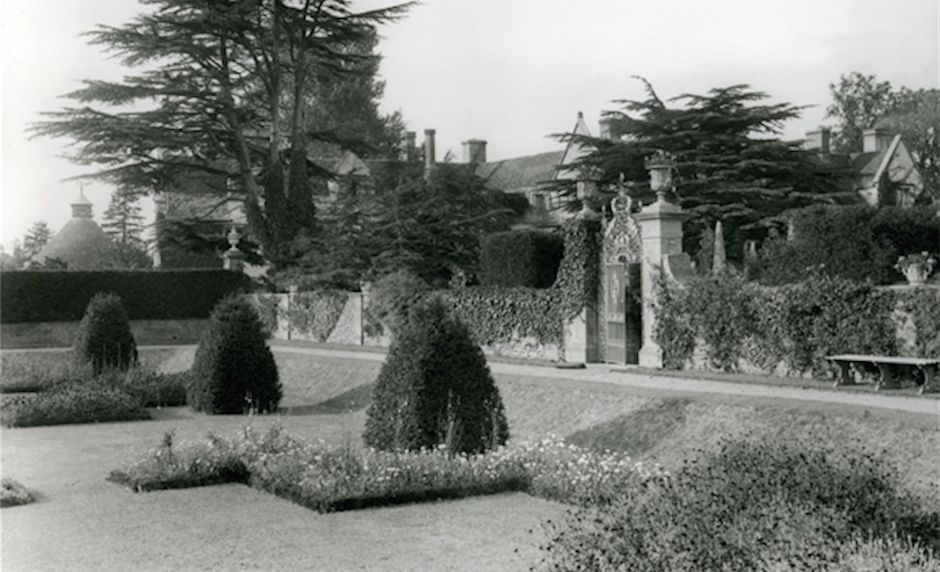
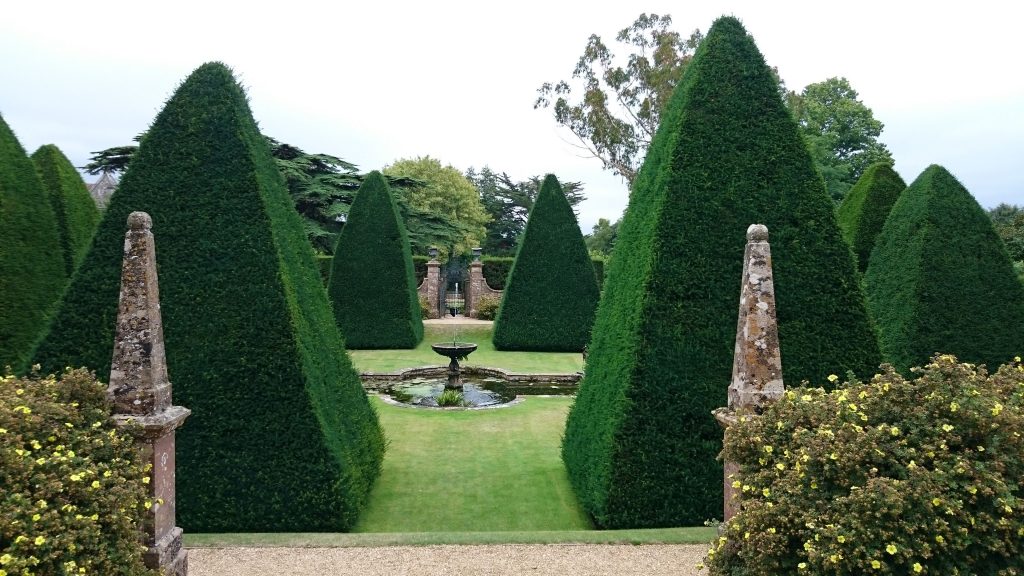
A 30-50 year cycle seems to be the average life span of growth and renovation for a well constrained Yew hedge. The further north you go, with the shorter growing season, the less quickly it outgrows its desired size.
Renovation involves cutting back all side branches, cleanly, right back to the main stem. No stubs! This should not be done in one go but in a staged manner, letting the plants produce sufficient new foliage, directly from the main stem, following each cut. The sequencing isn’t critical but can affect recovery vigour. The size and orientation of the hedge normally guides the best approach, for example cutting back a shady side first would result in a slow recovery owing to poor light levels.
- Year One – cut back sunnier side to main trunk (no stubs)
- Year Two – reduce top to c.15cm below final height
- Year Three – cut back final side to main trunk.
If recovery has been poor, delaying the second or third cut is an option.
Barrow Court Yew Alley
Below is a sequence of photos of the Yew Alley at Barrow Court, a late Victorian formal garden just south of Bristol in North Somerset. Looking after the gardens between 2011 and 2018, the Yew hedges of this Grade II registered Park & Garden are a fundamental element of its architectural design (F. Inigo Thomas c1896).
The photo on the left shows the yew hedge (not in its most overgrown state) leading to the gatepiers and ball finials. On the right, having been cut, c. 2013.

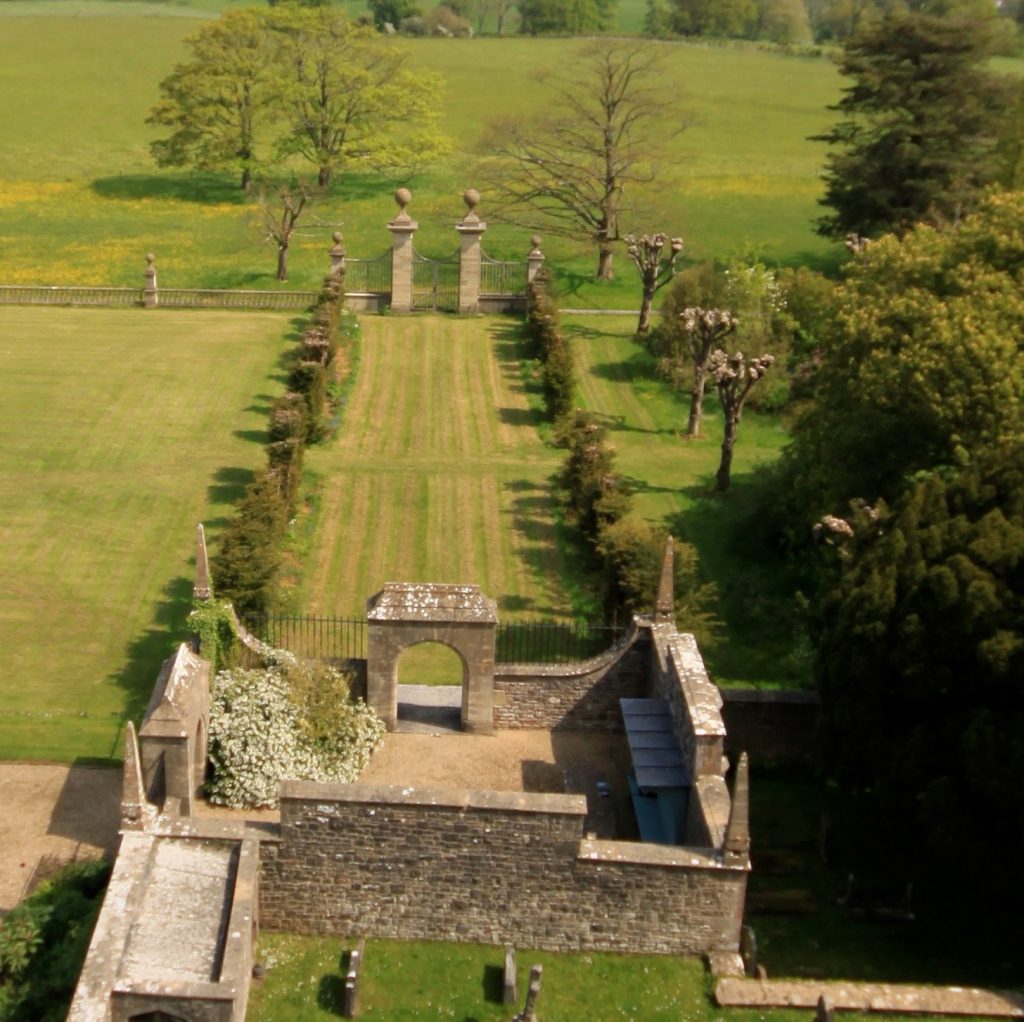
The following photographs (details of the above alley) aren’t the best example for good practise as the shady side had been cut a few years earlier, before the sunny side (much reduced production of new foliage) but it shows you how close to cut to the main stem and a rough guide to a recovery after 2 years. Recovery rates however are heavily influenced by local conditions.
April 2013:
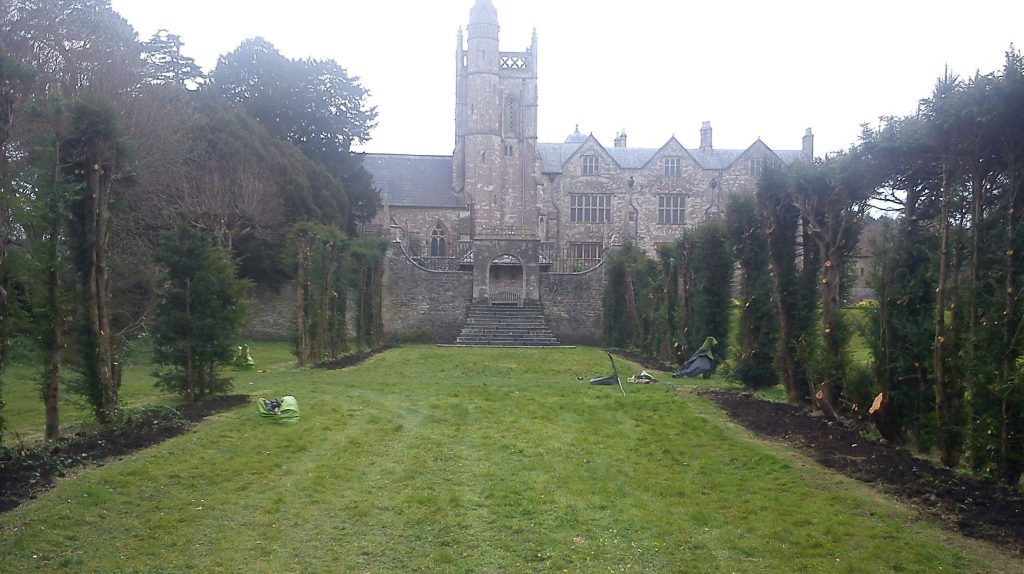
Two years later: July 2015:
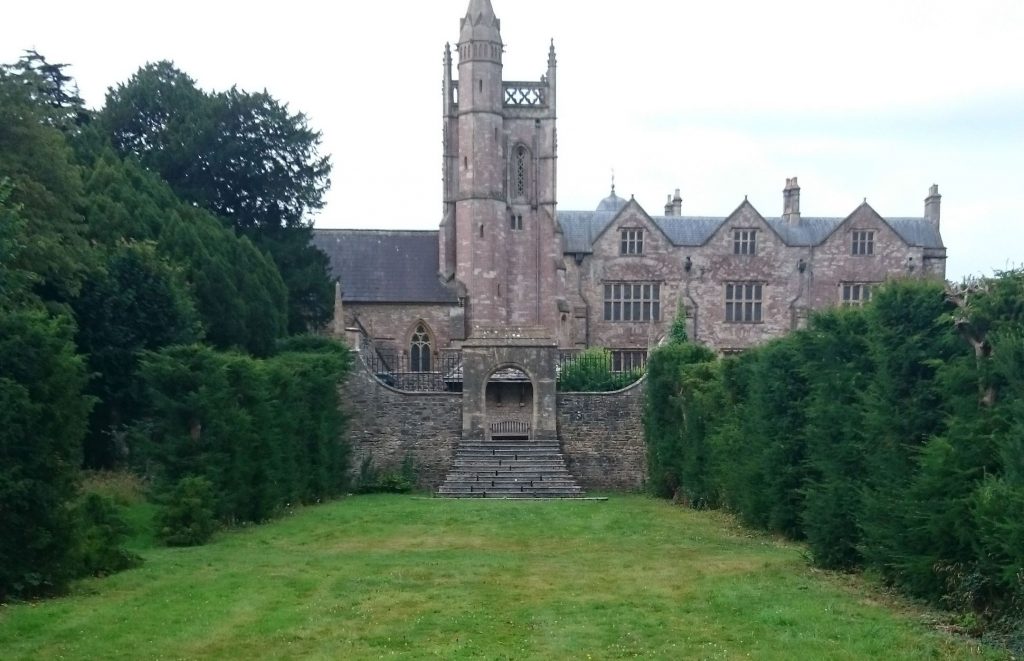
April 2016:
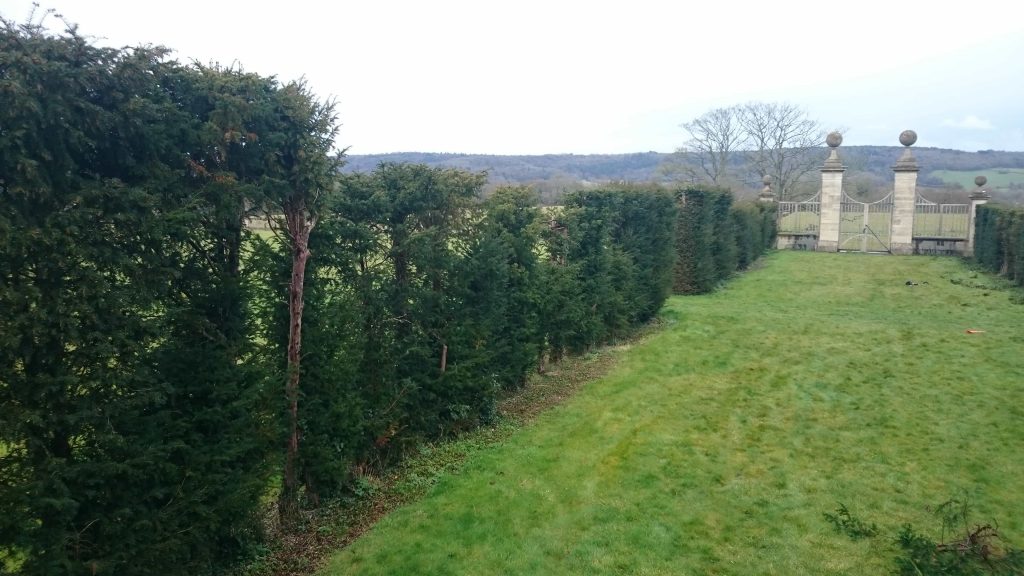
March 2018
A years trim was unfortunately missed so the hedge needed some adjustment but it shows how quickly Yew will regenerate.
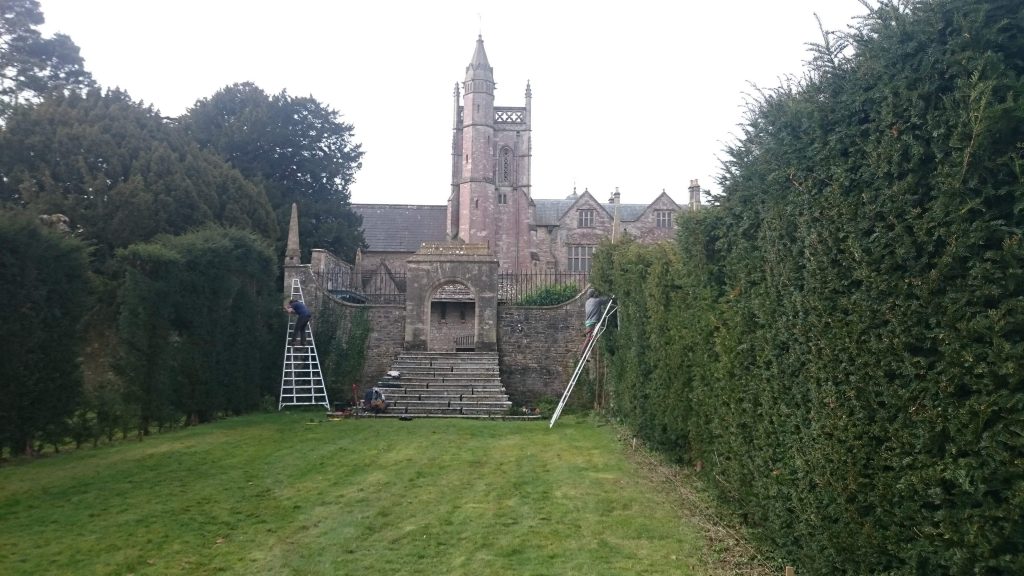
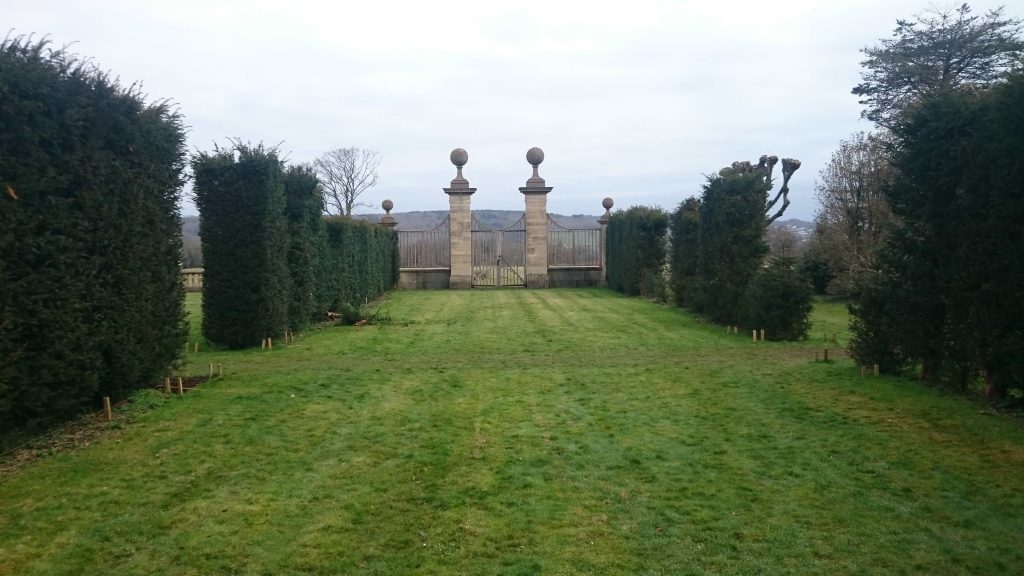
The Yew Hedges at Barrow Court
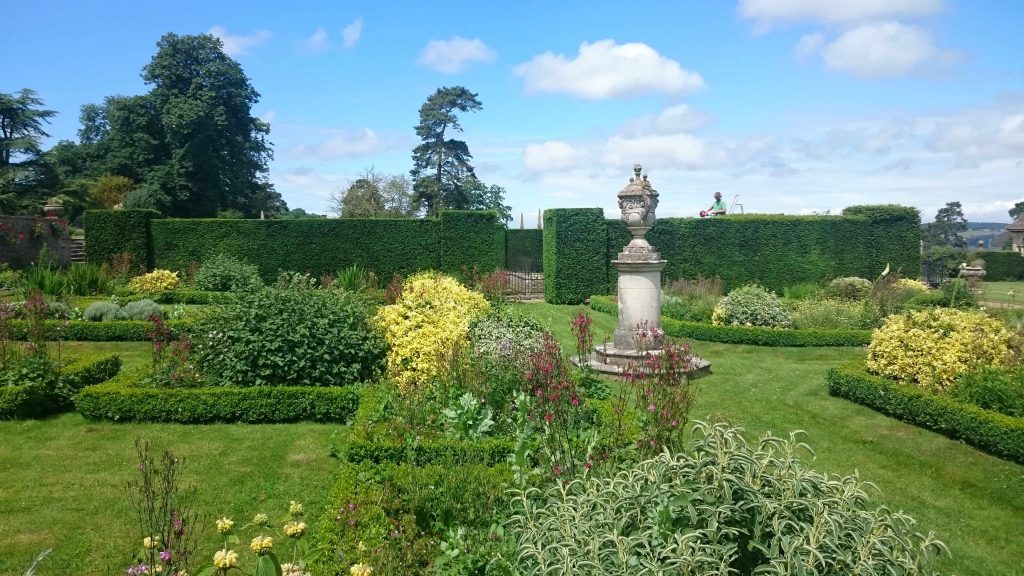
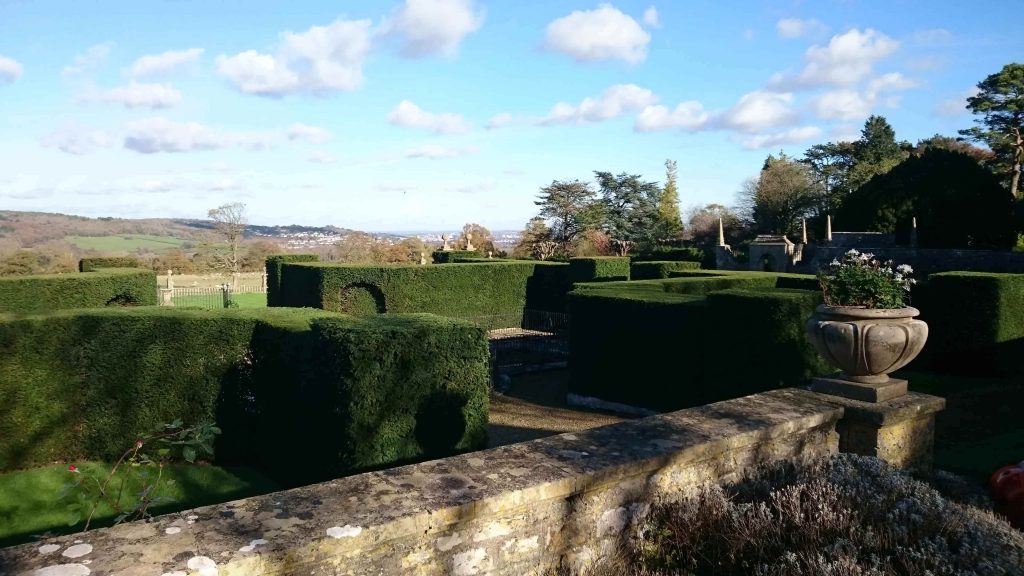
Timing
Yew restoration is traditionally carried out early to mid spring, after the harshest winter weather and just as the plant is just coming into growth (in part, facilitating quick healing of any pruning wounds at a time of year when any potential pathogens may be dormant and whilst the plants food reserves haven’t yet been ‘released’ into the branches being removed). Yew is intolerant of severe and prolonged frost and has a maximum tolerance to cold in mid winter (January) after which its cold hardiness declines rapidly, plants being susceptible to spring frosts. Severe winter cold or strong cold drying winds in the spring are reported to restrict yew growth on exposed sites in the UK. In southern Britain, it has been reported that, in midwinter, frost damage started at −13.4 °C whereas by March this had risen to −9.6 °C . Limiting the time the tree stem is exposed to fluctuating temperatures is ideal so the beginning of the growing season is the recommended time (before birds have started nesting, remembering it is a criminal offence to knowingly disturb nesting birds).
Post Cut Management
Whilst Yew hedges will recover without any assistance there are a range of post management options. There is a tendency to over-fertilize plants with high nitrogen feed. This can have a negative effect of hampering good root development and healthy foliage (lush, sappy growth can be susceptible to disease and stressful environmental conditions). For example, the current advice when planting new trees is not to add any soil improvers – let the roots grow out searching for nutrients and building up stability and resourcefulness. Over application of fertilizers can be harmful in terms of beneficial soil micro-organisms. A balanced feed with micronutrients results in overall health and vigour rather than just lush growth. Knowing what the plant wants is the key. Soil analysis will potentially identify shortfalls in specific nutrients which can then be applied in a targeted manner. The bare ground exposed under the removed canopy can be mulched with any suitable organic material – wood chip would be better at managing weed growth, slowly returning organic matter to the soil and preventing soil desiccation.
A Selection of Other Reductions
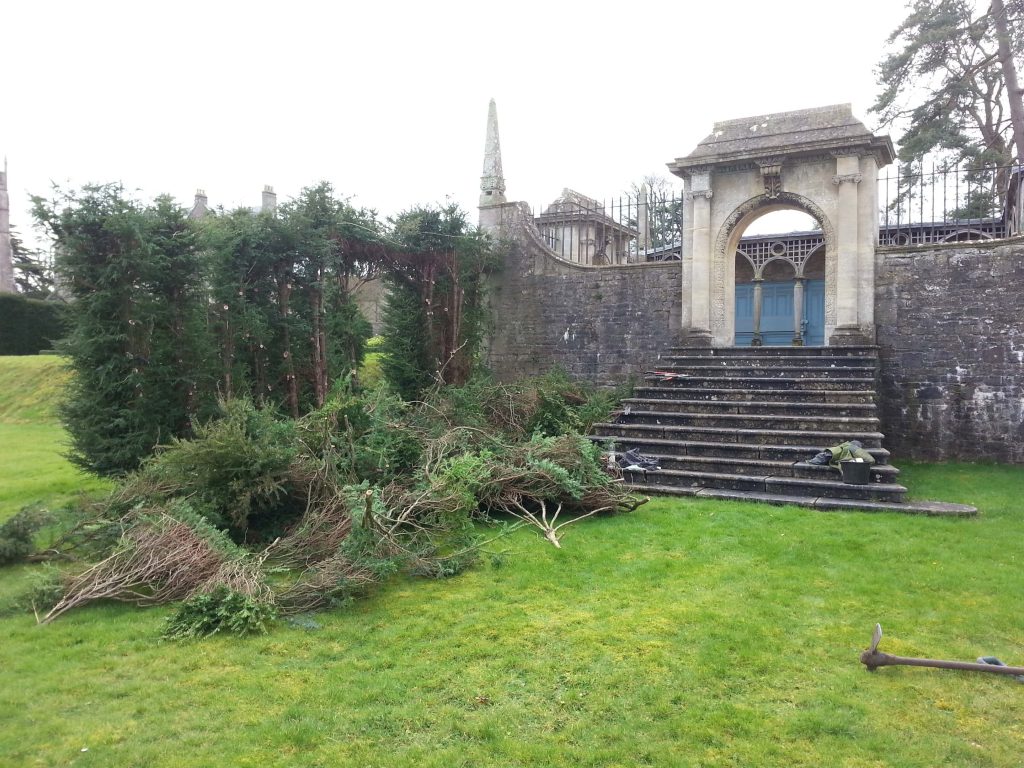
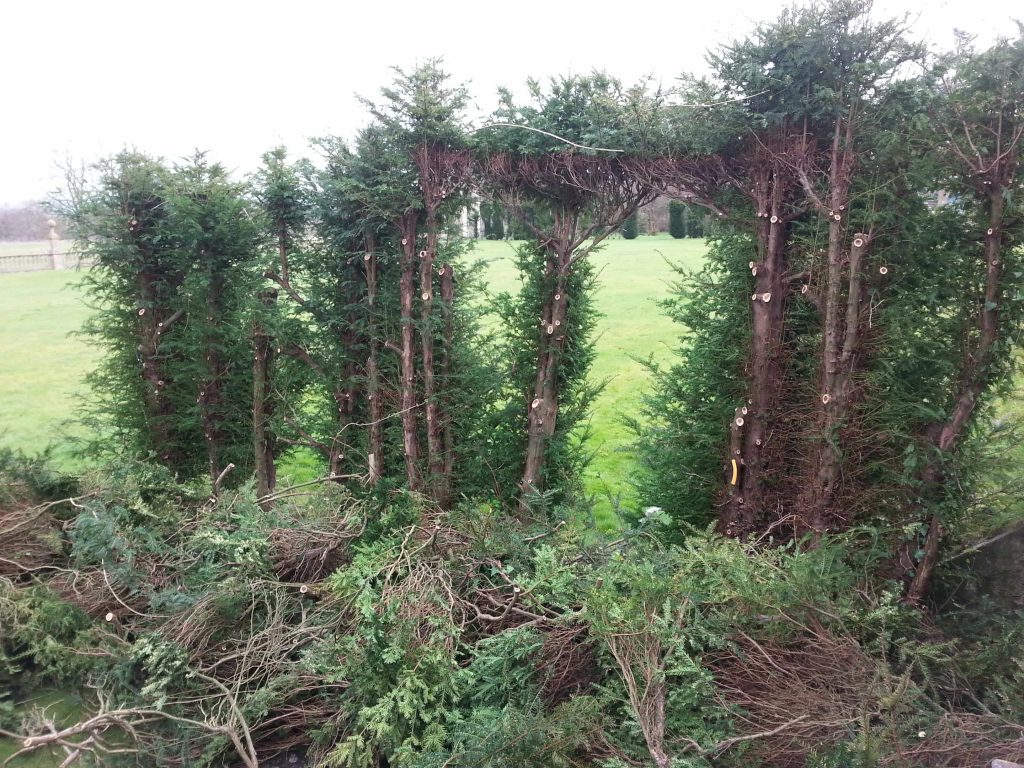
Two years on from being cut back to the main stem, this driveway Yew hedge has been kept undulating, rather than a formal straight line.
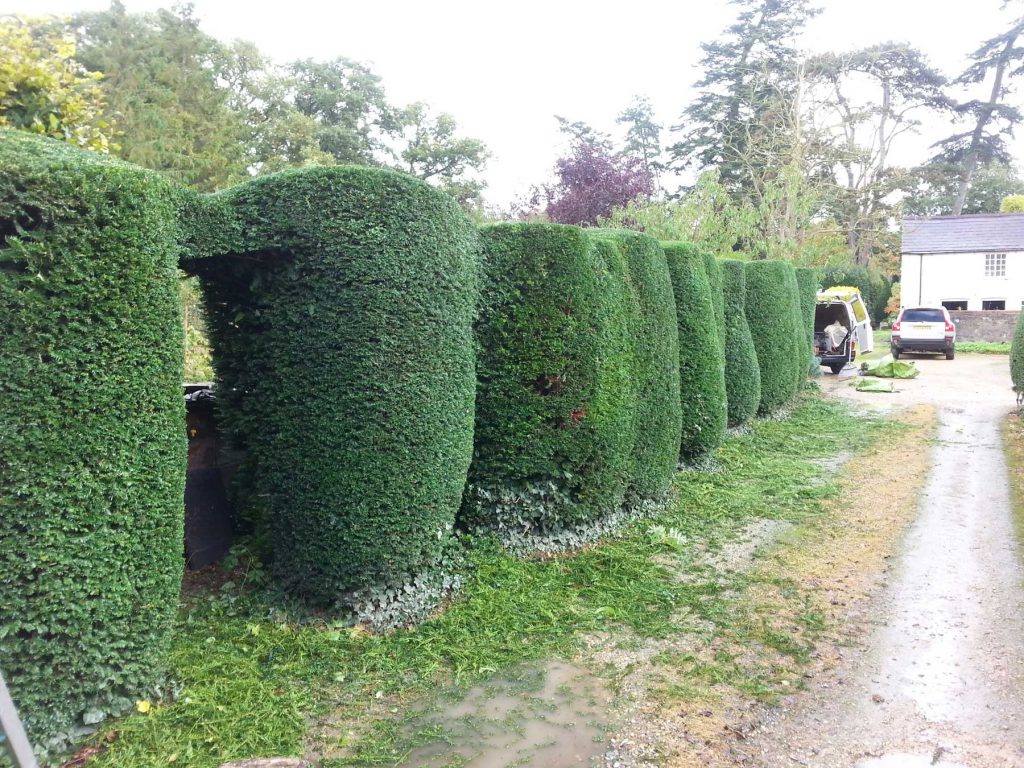
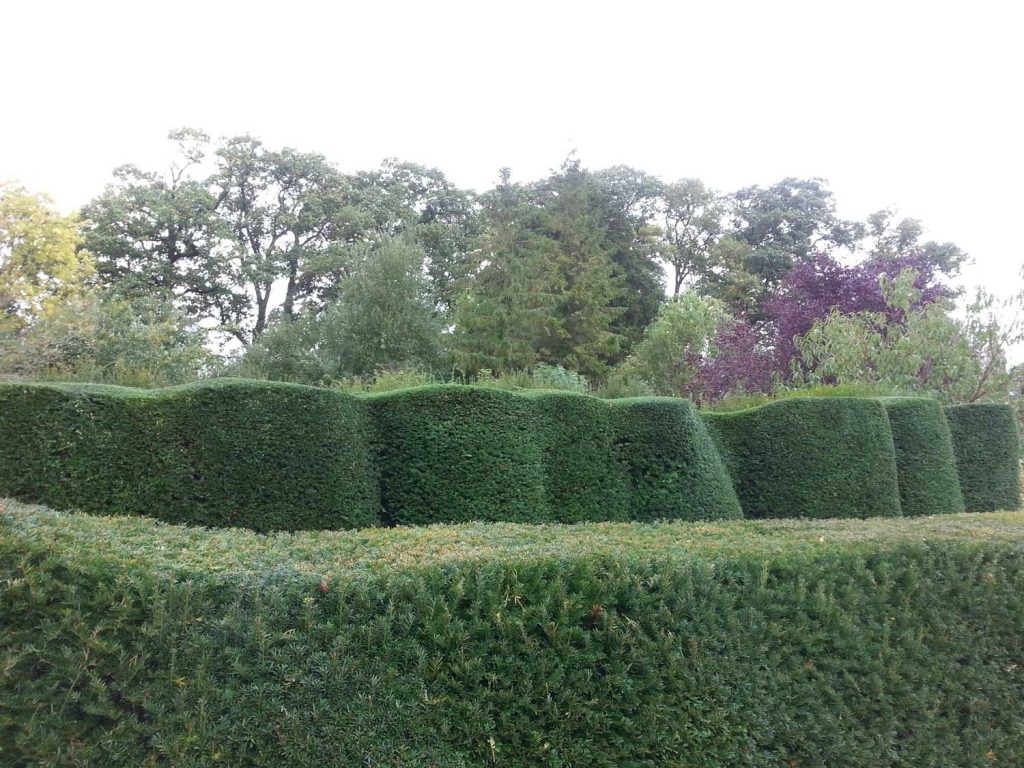
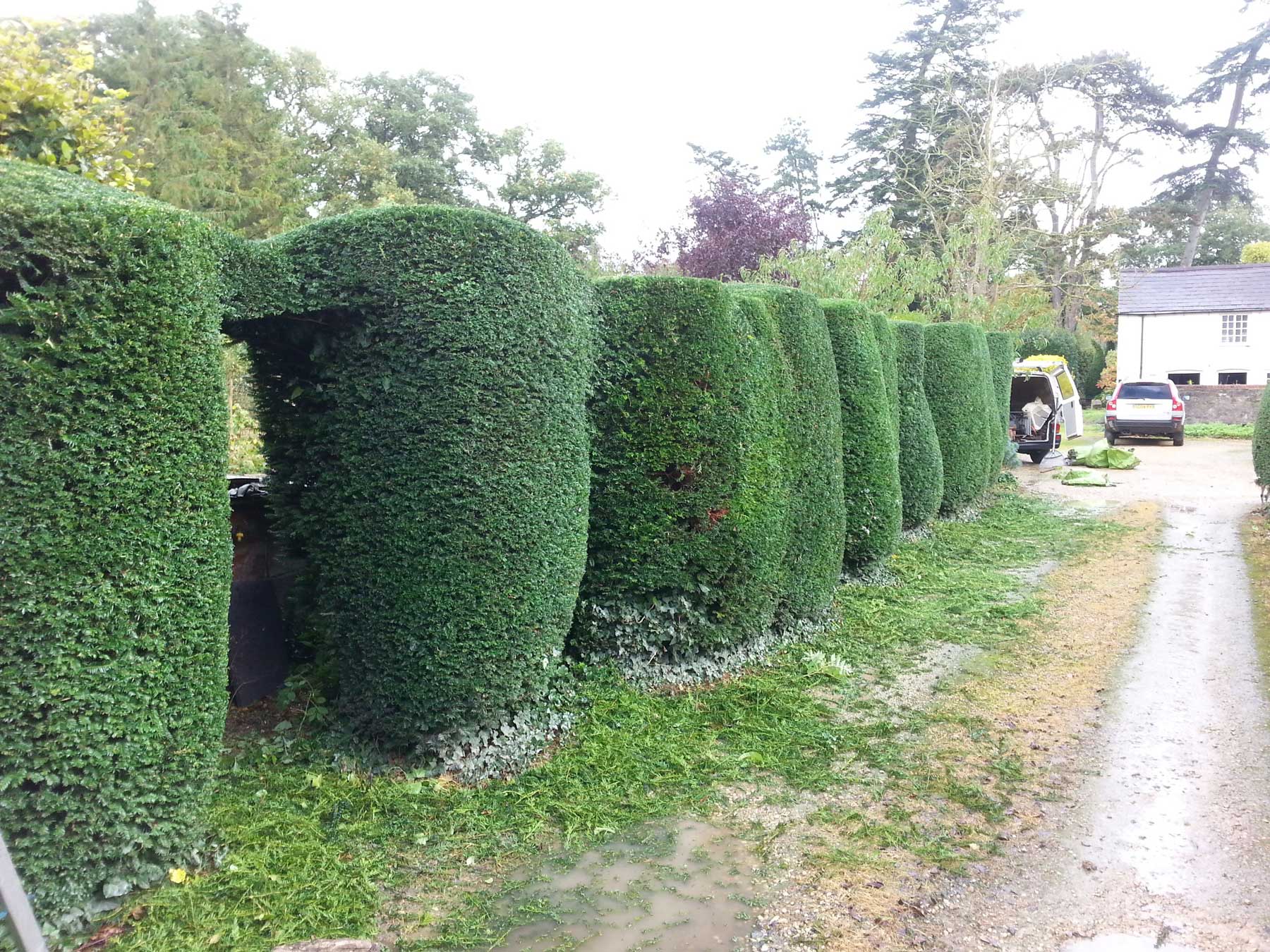
Leave a Reply